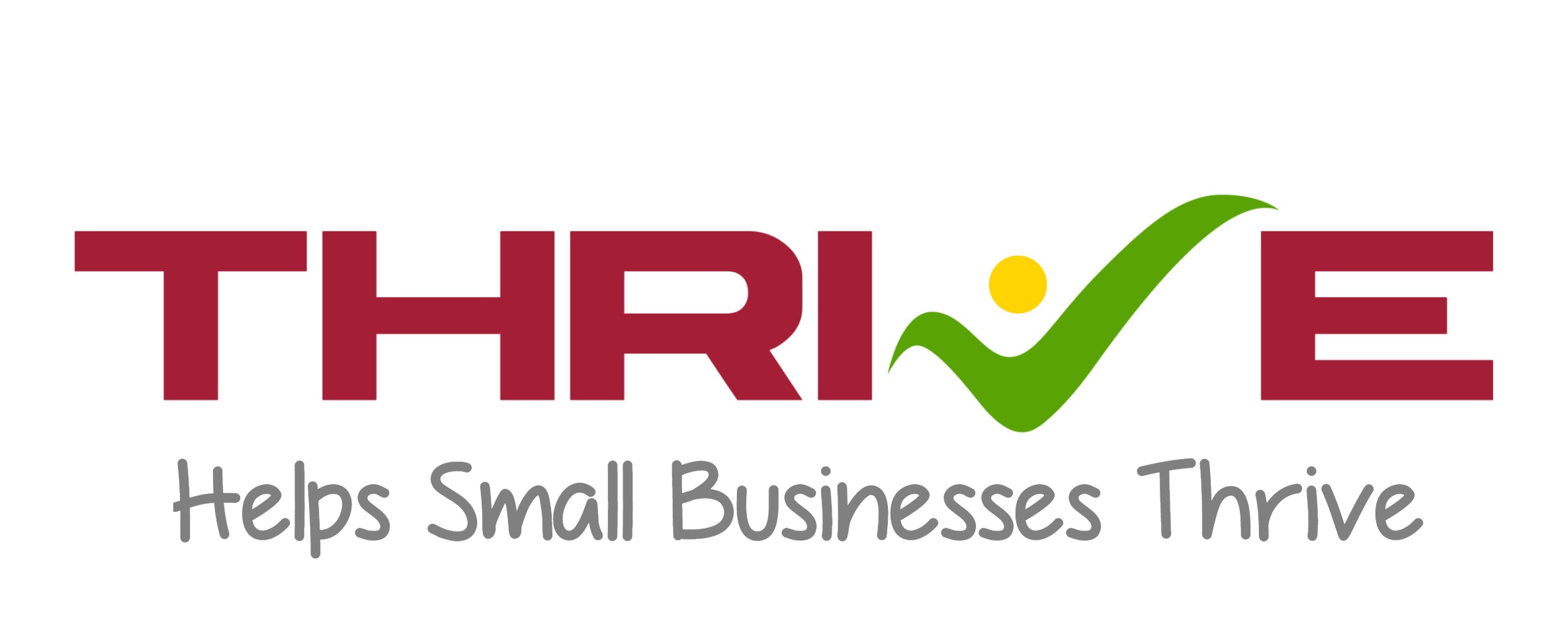In today’s digital landscape, web design is an essential facet of a website’s overall success. But what exactly is website development? At its core, website development encompasses the intricate process of creating and maintaining websites. It combines various elements such as graphic design, coding, content creation, and user experience optimization to craft a seamless online presence that effectively represents businesses.
Integral to this process is the concept of website SEO structural design. This refers to the way a site is organized and coded to enhance its visibility on search engines. A well-structured website ensures that search engine crawlers can navigate through pages effortlessly, while also providing users with an intuitive browsing experience. With search engine algorithms constantly evolving, keeping up with SEO best practices has never been more crucial for businesses aiming to stand out in the digital marketplace.
For small and medium-sized businesses (SMBs), having a professionally designed website is paramount. An effective web presence not only boosts credibility but also serves as a powerful marketing tool that can attract potential customers. Research shows that consumers are likely to judge your business based on their initial experience with your site—first impressions matter! A polished design engages visitors, builds trust, and ultimately encourages conversions. In 2025, SMBs must prioritize investing in professional web design services if they wish to compete effectively in their local markets.
As we look ahead to the new year, several web design trends are set to reshape how local businesses connect with their communities. One significant trend will be personalized experiences tailored specifically for users based on their location or preferences. Utilizing data analytics will allow companies to deliver customized content and offers directly relevant to each visitor’s needs.
Another trend gaining momentum is minimalistic designs combined with bold typography and color schemes that convey brand identity while avoiding cluttered aesthetics. As attention spans dwindle, capturing interest quickly through visually appealing layouts becomes essential for local businesses looking for quick engagement.

Moreover, integrating voice search capabilities into web designs is becoming increasingly vital as smart speakers rise in popularity among consumers seeking instant answers. This shift demands concise content structuring optimized for natural language queries rather than traditional keyword-focused approaches.
Local search optimization remains at the forefront of effective online strategies for brick-and-mortar establishments targeting nearby clientele. To achieve this goal, businesses should ensure their websites feature clear contact information along with location-based keywords integrated seamlessly throughout their content. Implementing schema markup can further enhance visibility by helping search engines better understand your site’s context—an invaluable asset when competing for attention within localized searches.
Last but certainly not least is mobile-friendly design—a cornerstone of hyperlocal marketing efforts moving forward. With an increasing number of users accessing websites via smartphones or tablets rather than desktops, responsive designs are no longer optional; they’re mandatory! Ensuring that sites load swiftly on all devices enhances user satisfaction while driving higher conversion rates from mobile traffic—an undeniable necessity for any modern business aiming at local success.
As we step into 2025 and beyond, embracing these emerging trends will be critical for any organization striving not just to survive but thrive in the competitive world of web design!







